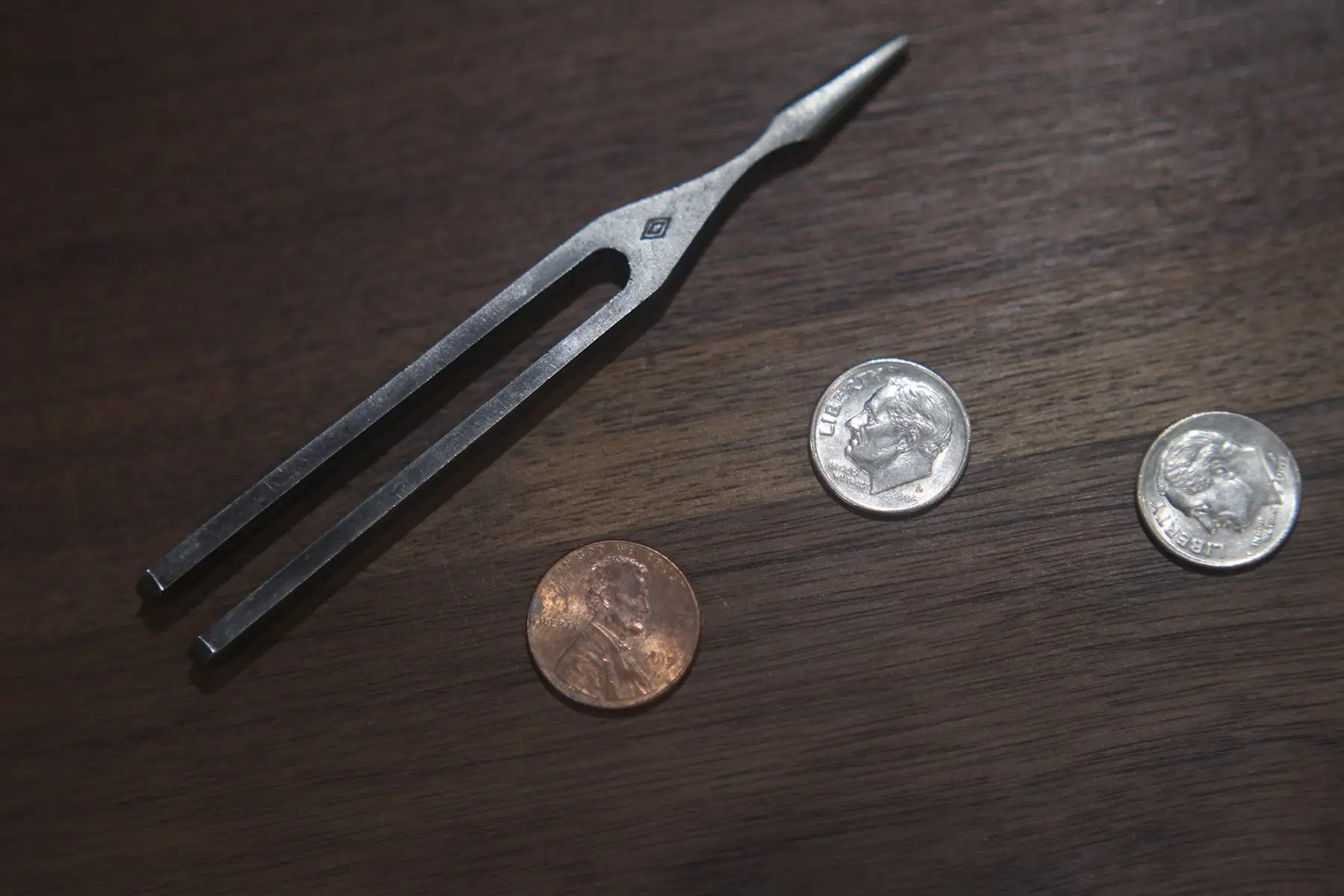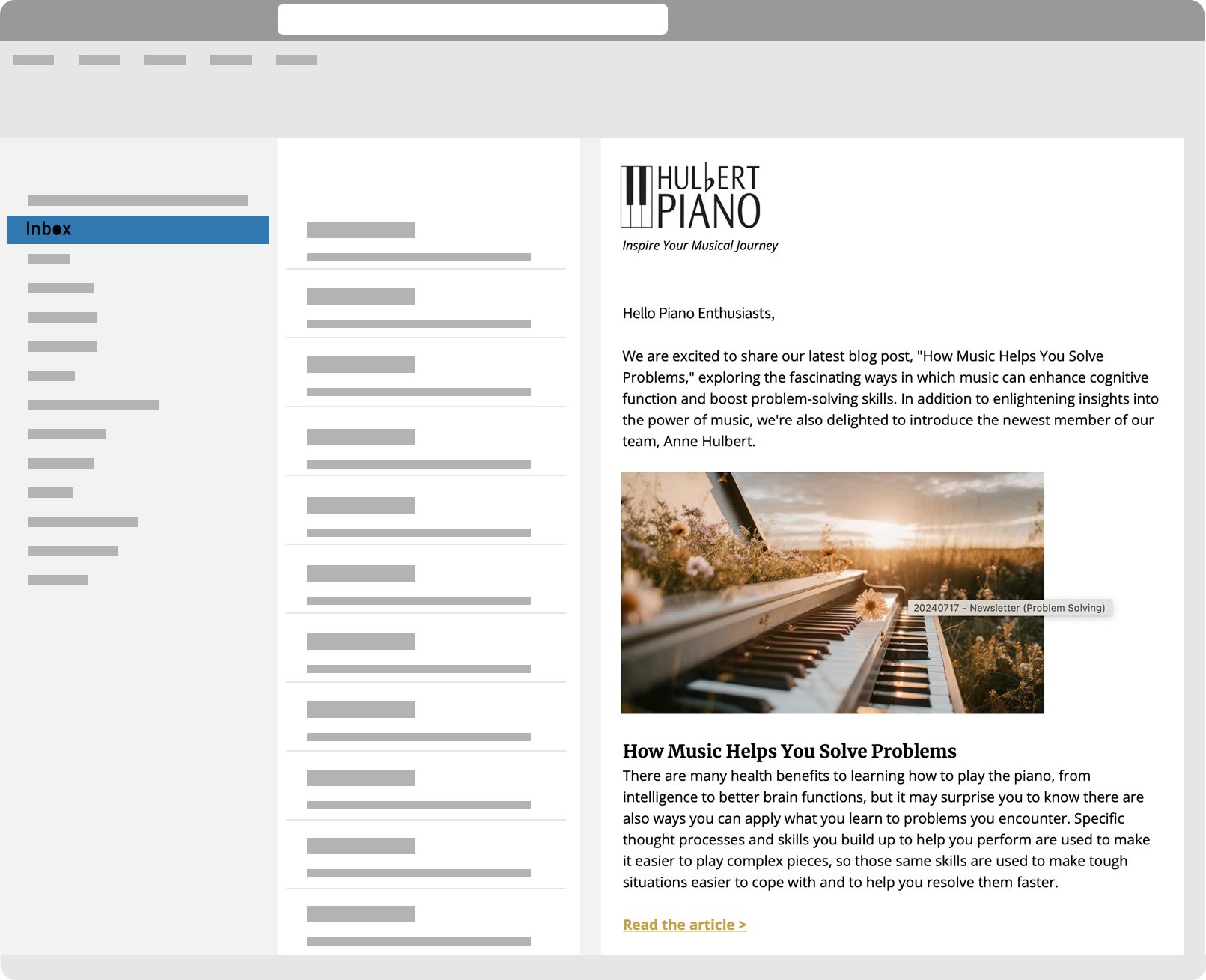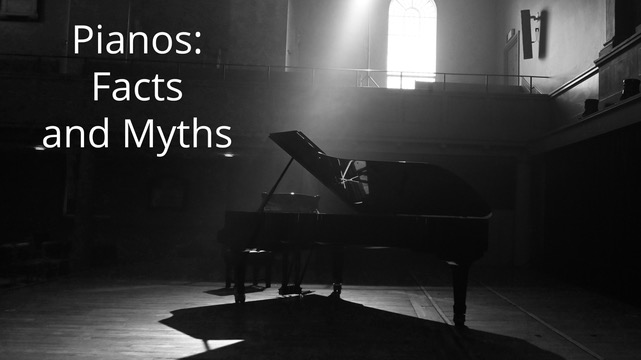
For piano owners and enthusiasts alike, terms like “A440” and “10 cents flat” might sound like a foreign language. Yet, these phrases are foundational to understanding the art and science of piano tuning. Whether you’re a seasoned musician or a curious observer, this article is designed to clarify these concepts and illuminate why they hold such significance in the world of music. We’ll delve into the meaning of pitch, explore how it’s measured, and uncover why maintaining the correct pitch is essential not only for your instrument’s performance but also for ensemble coherence and auditory excellence.
What is A440?
You may have heard your piano technician mention terms like “A440” or “10 cents flat” and wondered what they mean. These phrases relate to the pitch of an instrument, typically a piano. This article will explain what pitch is, how it’s measured, and why it matters.
What is pitch?
Pitch refers to how frequently an instrument vibrates the air to produce sound. When vibrations occur quickly enough, we hear them as a tone. The higher the frequency, the higher the pitch we perceive, and the lower the frequency, the lower the pitch sounds.
How is pitch measured?
Pitch can be described in two main ways:
- Frequency: This refers to how many times the air vibrates per second. The international standard for concert pitch is A440, meaning the A above middle C vibrates 440 times per second (440 Hz) when in tune. Most instruments are designed to sound best when tuned to this standard.
- Cents: This measures how far a note is from the A440 standard. One semitone (the distance between two adjacent piano keys) equals 100 cents. For example, A# is 100 cents sharp of A, and E is 100 cents flat of F. If a piano is “10 cents sharp,” the notes are 10/100ths of a semitone higher than A440.
By using these measurements, a tuner can describe how the instrument sounds. For example, if a piano is tuned to “A440, +4¢,” it means the note is 4/100ths of a semitone sharp from A440.
Why is pitch important?
Pitch is crucial when multiple instruments play together. If one is tuned to A415 and another to A440, they won’t harmonize. Similarly, if one instrument is tuned to “A440 +10¢” and another to “A440 -10¢,” they’ll sound out of tune with each other. Even when playing solo, tuning your instrument to or near A440 (0¢) helps with ear training and overall sound quality.
So, the next time your piano technician says “The piano is 20¢ flat,” you’ll know exactly what they mean—and why it matters.





